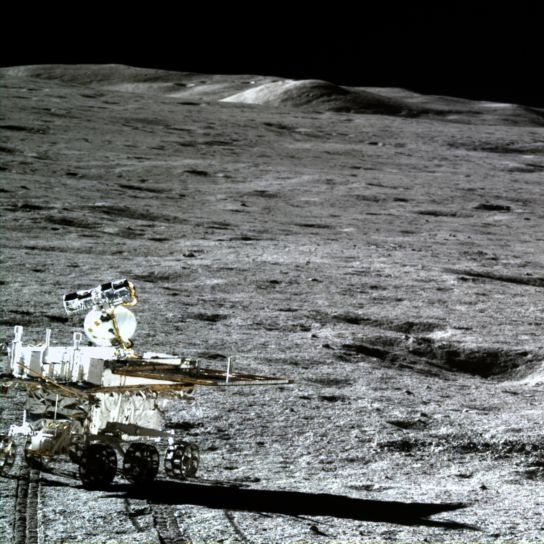Iran misses military targets, kill passenger jet instead
How typical for a terrorist nation: Iran, in its claimed revenge for the U.S. strike that killed terrorist Qassem Soleimani, failed entirely with its missile barrage to kill even one American or inflict any significant damage on any military target, managed however to shoot down a Ukrainian passenger jet, killing 176 innocent civilians.
More here.
There are also indications that the missile barrage was designed to avoid inflicting serious harm to U.S. facilities or troops, suggesting that the Iranians were merely doing it for propaganda purposes. With the mistaken murder of almost two hundred civilians however they have also failed in achieving that propaganda goal. Instead, they have once again shown their willingness to kill indiscriminately in order to maintain their power.
Meanwhile, here in the U.S. the Trump action in killing Soleimani has done a wonderful job of revealing the traitorous perspectives of many Democrats and the mainstream press. They are more concerned for Iran and the fate of this murderous thug then they are for the United States, freedom, or democracy.
How typical for a terrorist nation: Iran, in its claimed revenge for the U.S. strike that killed terrorist Qassem Soleimani, failed entirely with its missile barrage to kill even one American or inflict any significant damage on any military target, managed however to shoot down a Ukrainian passenger jet, killing 176 innocent civilians.
More here.
There are also indications that the missile barrage was designed to avoid inflicting serious harm to U.S. facilities or troops, suggesting that the Iranians were merely doing it for propaganda purposes. With the mistaken murder of almost two hundred civilians however they have also failed in achieving that propaganda goal. Instead, they have once again shown their willingness to kill indiscriminately in order to maintain their power.
Meanwhile, here in the U.S. the Trump action in killing Soleimani has done a wonderful job of revealing the traitorous perspectives of many Democrats and the mainstream press. They are more concerned for Iran and the fate of this murderous thug then they are for the United States, freedom, or democracy.



